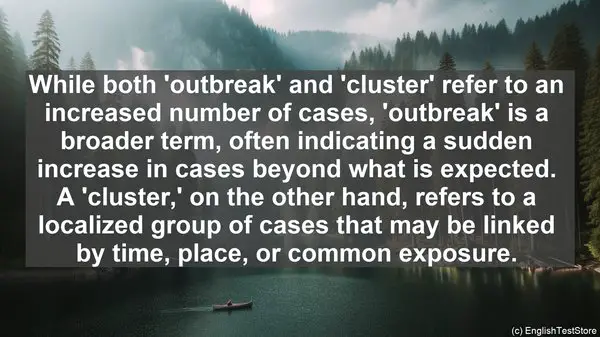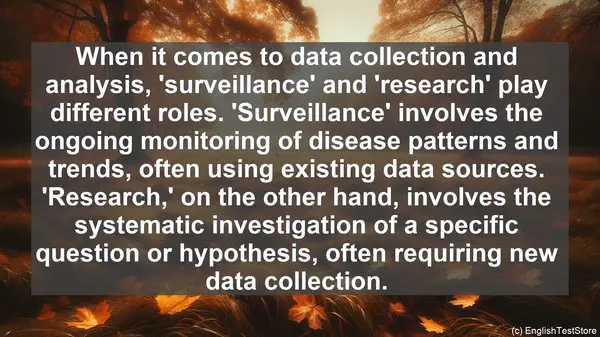Introduction
Welcome to today’s lesson on the top 10 commonly confused words in public health epidemiology. As you delve deeper into this field, it’s crucial to have a clear understanding of these terms. Let’s get started!
1. Endemic vs. Epidemic
The first pair of words that often cause confusion is ‘endemic’ and ‘epidemic.’ While both refer to the occurrence of a disease, ‘endemic’ signifies the constant presence of a disease within a specific population or geographic area. On the other hand, ‘epidemic’ describes a sudden increase in the number of cases, surpassing what is typically expected.

2. Incidence vs. Prevalence
Next, we have ‘incidence’ and ‘prevalence.’ ‘Incidence’ refers to the number of new cases of a disease within a given time period, providing insights into the risk of developing the condition. ‘Prevalence,’ on the other hand, represents the total number of cases, both new and existing, at a particular point in time, giving a broader picture of the disease burden.
3. Outbreak vs. Pandemic
Moving on, let’s clarify the difference between ‘outbreak’ and ‘pandemic.’ An ‘outbreak’ refers to the occurrence of cases in excess of what is normally expected within a specific area or population. On the other hand, a ‘pandemic’ is a global outbreak, affecting multiple countries or continents.
4. Quarantine vs. Isolation
Now, let’s discuss ‘quarantine’ and ‘isolation.’ ‘Quarantine’ is the separation and restriction of movement for individuals who have been exposed to a contagious disease, even if they are not showing symptoms. ‘Isolation,’ on the other hand, is the separation of individuals who are already infected to prevent further transmission.
5. Carrier vs. Infected
The terms ‘carrier’ and ‘infected’ are often used interchangeably, but they have distinct meanings. A ‘carrier’ is someone who can transmit the disease to others, even if they don’t show symptoms. An ‘infected’ individual, on the other hand, exhibits signs of the disease.

6. Vector vs. Host
In the context of disease transmission, ‘vector’ and ‘host’ are important terms. A ‘vector’ is an organism, often an insect or animal, that carries and transmits the disease-causing agent. The ‘host’ is the organism that the disease affects, which can be humans or other animals.
7. Surveillance vs. Research
When it comes to data collection and analysis, ‘surveillance’ and ‘research’ play different roles. ‘Surveillance’ involves the ongoing monitoring of disease patterns and trends, often using existing data sources. ‘Research,’ on the other hand, involves the systematic investigation of a specific question or hypothesis, often requiring new data collection.
8. Outbreak vs. Cluster
While both ‘outbreak’ and ‘cluster’ refer to an increased number of cases, ‘outbreak’ is a broader term, often indicating a sudden increase in cases beyond what is expected. A ‘cluster,’ on the other hand, refers to a localized group of cases that may be linked by time, place, or common exposure.
9. Morbidity vs. Mortality
Let’s clarify the difference between ‘morbidity’ and ‘mortality.’ ‘Morbidity’ refers to the occurrence of a disease or condition, often measured as the number of cases. ‘Mortality,’ on the other hand, specifically refers to death caused by a disease or condition.
10. Risk vs. Hazard
Lastly, we have ‘risk’ and ‘hazard.’ ‘Risk’ refers to the probability of harm or adverse effects occurring due to a particular exposure or activity. A ‘hazard,’ on the other hand, is the inherent potential for harm or danger, regardless of the level of exposure or activity.
